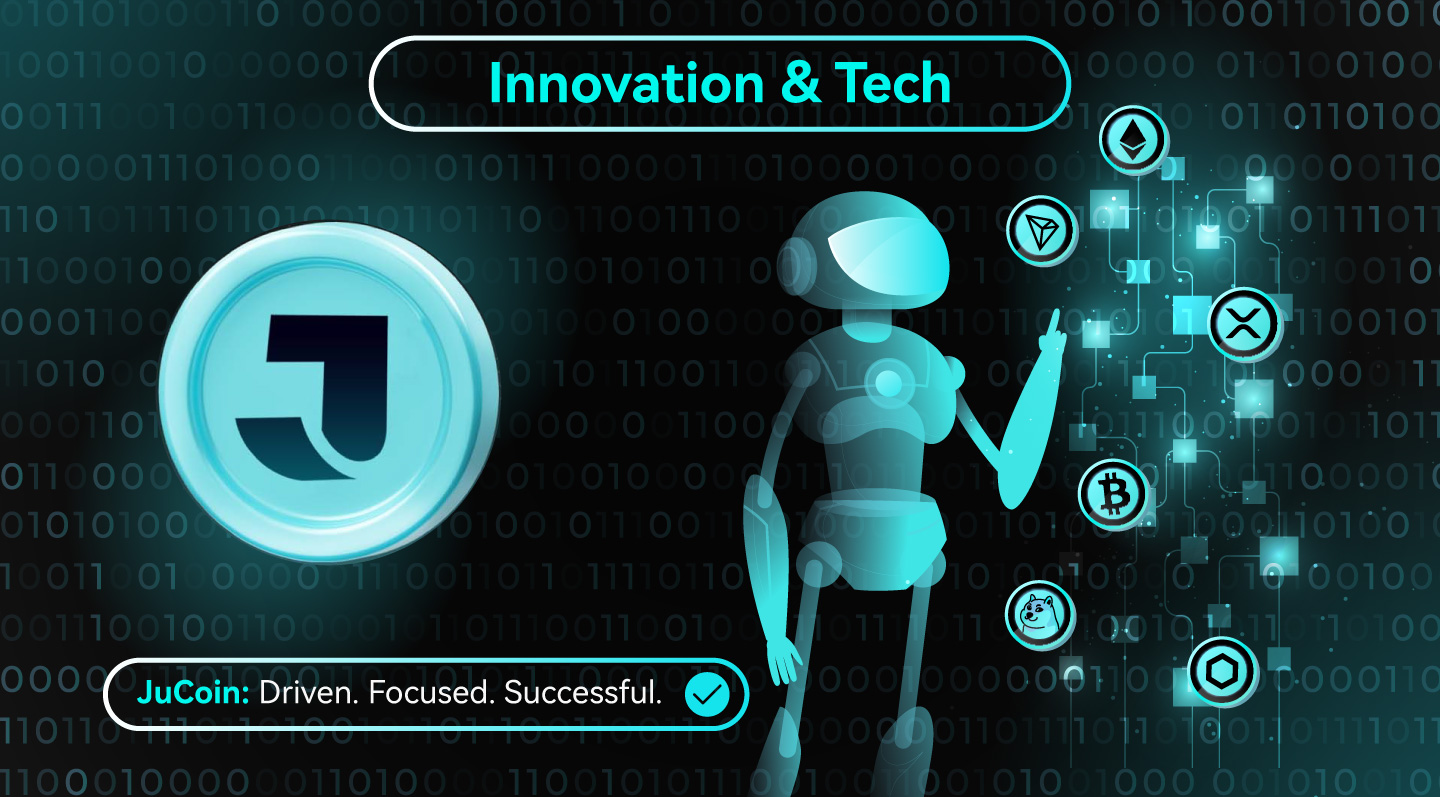
Key Takeaways
- Decentralized Paradigm Shift: Web3 redefines the internet through decentralization, leveraging blockchain technology to empower users with control over data, identities, and assets.
- Core Principles: Web3’s foundations of decentralization, trustlessness, user ownership, and semantic web enable transparent, secure, and equitable digital interactions.
- Diverse Applications: From decentralized finance (DeFi) and digital identity to gaming and social media, Web3 applications transform industries by prioritizing user autonomy.
- Technological Innovations: Advances in smart contracts, zero-knowledge proofs, DAOs, and layer-2 solutions drive Web3’s scalability, privacy, and mainstream adoption.
- Adoption Challenges: Scalability, user experience, regulatory uncertainty, and market volatility remain hurdles, requiring innovation to realize Web3’s full potential.
The digital landscape is transforming with Web3, the next-generation internet built on decentralization, user ownership, and blockchain technology. By 2025, Web3 is becoming a practical reality, with applications across sectors. This analysis shows Web3 as a fundamental reimagining of digital interactions, data management, and transactions in a trustless environment. Blockchain, combined with zero-knowledge proofs, decentralized autonomous organizations (DAOs), and modular architectures, enables unprecedented collaboration, transparency, and value creation, surpassing previous internet paradigms.
The Evolution From Web 1.0 To Web3
The World Wide Web has evolved through distinct phases. Web 1.0 (1991–2004) featured static webpages, with users as passive consumers of information. Tim Berners-Lee’s pioneering work on HTML, URI/URL, and HTTP established the internet’s foundational protocols, enabling global linking of digital resources. Interaction was minimal, with one-way information flow from website owners. Web 2.0, starting around 2004, introduced user-generated content via social networks, blogs, wikis, and multimedia platforms, fostering dynamic communities.
However, this interactivity centralized control with tech giants like Google, Meta, and Amazon, who offered free services in exchange for collecting and monetizing user data, raising concerns about privacy violations, surveillance capitalism, and digital power concentration.
Web3 counters these issues with decentralized technologies, operating on distributed node networks resistant to censorship and data exploitation. Blockchain and cryptographic protocols enable peer-to-peer interactions without intermediaries, redistributing power to users for a democratic digital ecosystem. In 2025, Web3 gains traction as scalable, user-friendly decentralized applications promote digital sovereignty over identities, data, and assets, addressing Web 2.0’s privacy trade-offs.
Fundamentals & Core Principles Of Web3
Web3 rests on principles shifting from centralized models. Decentralization eliminates middlemen, distributing control across networks for resilience against censorship. Trustlessness allows transactions without relying on specific parties, using cryptographic verification and consensus mechanisms to ensure integrity, reducing fraud and manipulation. User ownership empowers individuals to control data, identities, and assets, with mechanisms to decide what to share, unlike Web2’s data harvesting. The semantic web enhances information processing with machine-readable formats and AI, improving search and automation. These principles create a transparent, equitable digital commons, restructuring interaction models for innovation and fairness.
The Technological Foundation Of Web3
Blockchain is Web3’s cornerstone, providing secure, transparent, immutable ledgers via distributed nodes. Data in chronological blocks, verified cryptographically, ensures no single party controls the network. Ethereum pioneered programmable blockchains with smart contracts—self-executing code automating agreements without intermediaries, evolving into complex ecosystems for finance and governance. Modular blockchains and AppChains customize architecture for specific uses, boosting performance and cost-effectiveness.
Zero-knowledge (ZK) technology addresses privacy and scalability, proving information possession without disclosure. In 2025, ZK applications like zkRollups and zkEVMs enhance throughput, reduce costs, and support privacy-preserving transactions in healthcare and finance. Decentralized Autonomous Organizations (DAOs) encode governance in smart contracts, enabling community-driven decisions for investment funds and content platforms. Layer-2 solutions like Arbitrum and sharding increase capacity by processing transactions off-chain, supporting mainstream Web3 adoption with consumer-friendly performance.
Web3 Applications & Use Cases In 2025
Web3 transforms finance through DeFi, offering permissionless lending, trading, and interest-earning. Banks integrate blockchain for 24/7 settlements and tokenized assets like stocks and bonds, enhancing liquidity and access. Smart contracts automate escrow, derivatives, and insurance, cutting costs. Digital identity solutions, like self-sovereign identity, give users data control, with projects like Humanity Protocol and Worldcoin using biometric verification to combat fraud and aid the undocumented.
Gaming and NFTs enable true ownership of virtual assets, with NFTs extending to digital art, music, and loyalty programs, creating verifiable access rights and new revenue models. Decentralized social platforms prioritize user data ownership and transparent curation, with SocialFi merging social media and DeFi for direct monetization. Enterprises, including Microsoft and Google Cloud, use Web3 for supply chain tracking, document verification, and IP management, leveraging immutable records for efficiency and transparency.
Current Trends & Future Outlook For Web3
In 2025, Web3 sees momentum from improved user experiences, with intuitive interfaces broadening appeal. Modular blockchains separate functions for flexibility, and AppChains optimize specific applications. Regulatory clarity, like U.S. crypto-friendly policies post-2024, boosts institutional adoption in finance, healthcare, and logistics. Zero-knowledge proofs enable private, scalable transactions, expanding Web3’s reach. AI integration enhances decentralized applications, with AI oracles and decentralized training democratizing machine learning, promising innovative Web3 solutions.
Challenges & Considerations for Web3 Adoption
Web3 faces scalability limits, with blockchain’s trilemma balancing decentralization, security, and throughput. Layer-2 and sharding help, but high-demand congestion persists. User experience challenges, like complex keys and fees, deter mainstream users, especially in DeFi. Regulatory uncertainty, with varying global approaches, complicates compliance. Market volatility, including slippage in crypto trading, adds financial risks. Critics note wealth concentration and reliance on traditional infrastructure, questioning true decentralization. Thoughtful governance and innovation are vital to fulfill Web3’s equitable vision.
Web3’s Path Forward: Balancing Innovation & Challenges
Web3 is transforming the internet’s architecture through decentralized technologies like blockchain, empowering users with sovereignty over data, identities, and assets while addressing Web2’s centralized limitations. In 2025, innovations like layer-2 solutions, zero-knowledge proofs, and modular blockchains drive Web3’s scalability and adoption, supported by regulatory clarity and AI integration, though challenges like scalability, user experience, and regulatory uncertainty persist, requiring continued advancements and inclusive governance to realize a user-centric, equitable digital ecosystem.






